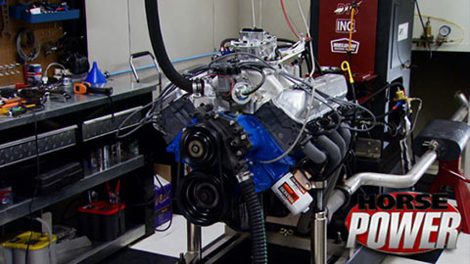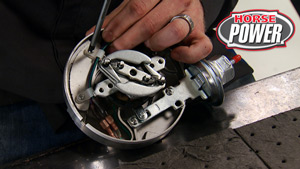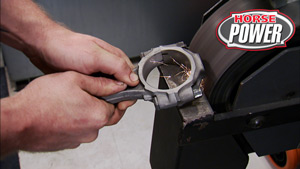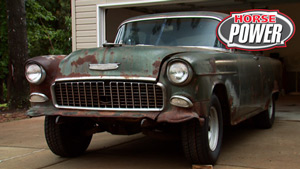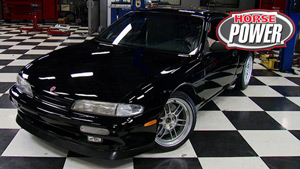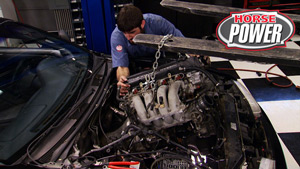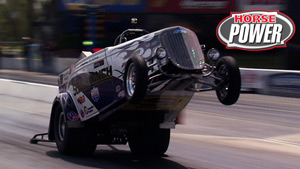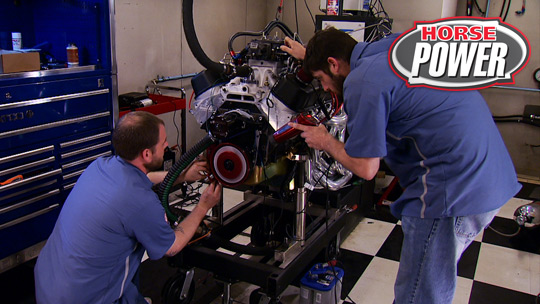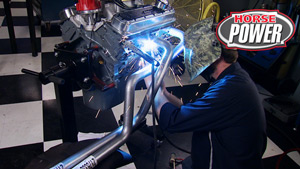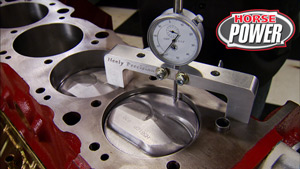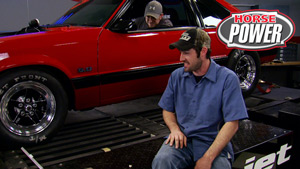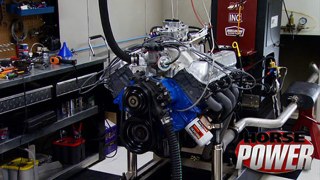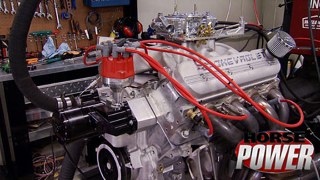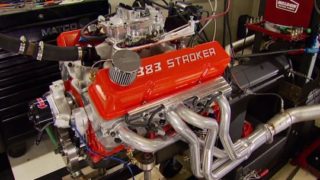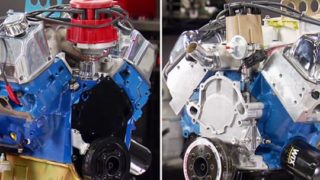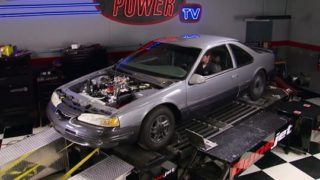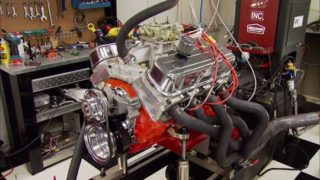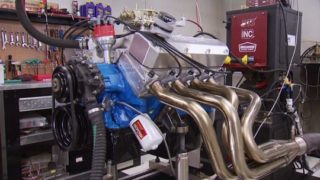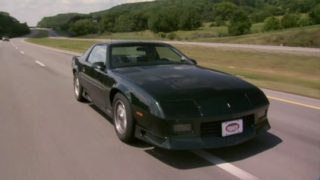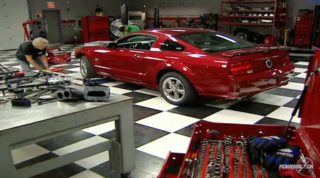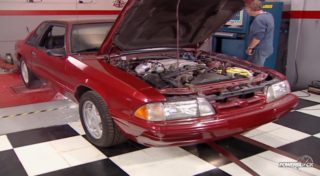More Ford 460 Big Block Episodes
HorsePower Builds
Want more content like this?
Join the PowerNation Email NewsletterParts Used In This Episode
Comp Cams
High Energy Hydraulic Flat Tappet Camshaft, Hydraulic-Good cam for everyday performance driving or heavy towing with low gears. Broad power, noticeable idle, 268H, Complete K-Kit, includes lifters, springs, retainers, seals, locks, and timing set.
Flowtech
'80-'87 Ford F100/150/250 2WD: 429-460, '83-'87 F250/350: 460, Tube Size 1.75", Collector Size 3", Black High Temp Paint.
Jones Machine Racing Products, Inc.
SB Ford alternator and water pump radius tooth belt drive system,includes 140 amp single wire alternator.
Pertronix
Ignitor breaker points conversion, replaces breaker point and troublesome factory electronic ignitions with a dependable, self contained and maintenance free electronic ignition system. Flame-Thrower coil, while it is the perfect coil to go with the PerTronix Ignitor breakerless ignition, our Flame-Thrower canister coil can benefit virtually any distributor type inductive system.
QA1
Mustang Pro-Active system includes tubular K-member, caster/camber plates, Mustang struts, coil-over kits with springs, tubular control arms, bump steer kit.
Summit Racing
Carburetor, Summit, 750 cfm, Square Bore, 4-Barrel, Manual Choke, Mechanical Secondary.
Summit Racing
Billet Specialities 15 X 12, 5 X 4.5" Street Lite, 15 x 6, 5 x 4.5" Street Lite,Summit open end lugs 1/2"
Auto Custom Carpets INC.
1992 Ford Mustang Hatchback Carpet Set Complete, 801 BLACK CUTPILE
Hellion Power Systems
Turbonetics Turbocharger (88mm), 16 gauge Stainless Steel hot and cold parts (Mild Steel Headers), Spearco high flow air to air intercooler, High flow Turbonetics wastegate, Silicone hose kit, Stainless T-bolt clamp kit. 45 mm Blow-off valve, Oil feed and drain lines.All other necessary hardware to install kit.
Napa Auto Parts
Valvoline VR1 Race Oil -(8)qts.
O'Reilly Auto Parts
Water Pump Belt
O'Reilly Auto Parts
Intake Manifold bolt kit
O'Reilly Auto Parts
Crankshaft Key
O'Reilly Auto Parts
Hydraulic Brake Light Switch
O'Reilly Auto Parts
Electrical System Part
O'Reilly Auto Parts
Distributor cap, rotor, wire set.
O'Reilly Auto Parts
90 Deg. -4 Fitting, -10 Hose Clamps
O'Reilly Auto Parts
Flywheel
O'Reilly Auto Parts
Intake, Exhaust, and Header Gaskets
O'Reilly Auto Parts
Intake Gasket
O'Reilly Auto Parts
valley pan gasket
O'Reilly Auto Parts
Fel-Pro Gasket set, freeze plug kit.
O'Reilly Auto Parts
Harmonic Balancer
O'Reilly Auto Parts
460 Long Block Motor
O'Reilly Auto Parts
Flex hose, coil cover
O'Reilly Auto Parts
15 Amp Fuse, 30 Amp Fuse, 20 Amp Fuse, Long Nipple, Elbow, Electrical Tape, Ring Terminal, Disconnect, Disconnect, Quick Splice
O'Reilly Auto Parts
Block adapter, threaded nipple
O'Reilly Auto Parts
Oil pan and pickup '79-'93 Mustang.
O'Reilly Auto Parts
Motorcraft spark plugs.
O'Reilly Auto Parts
Thermostat
O'Reilly Auto Parts
Vacuum Control
O'Reilly Auto Parts
Water Pump
The Street Rod Manufacturing Co., Inc.
9 inch Ford Pinion mounted parking brake and cable bracket,supplied with 14' cable.
Weiand
Stealth Intake Manifold 429, 460 V8 (standard heads).
